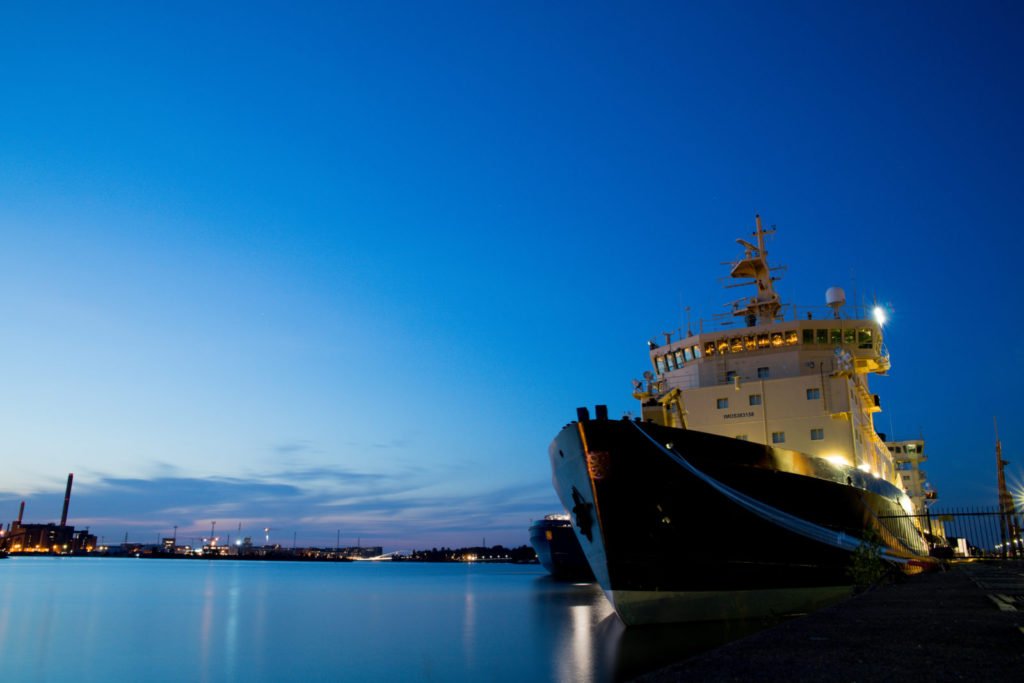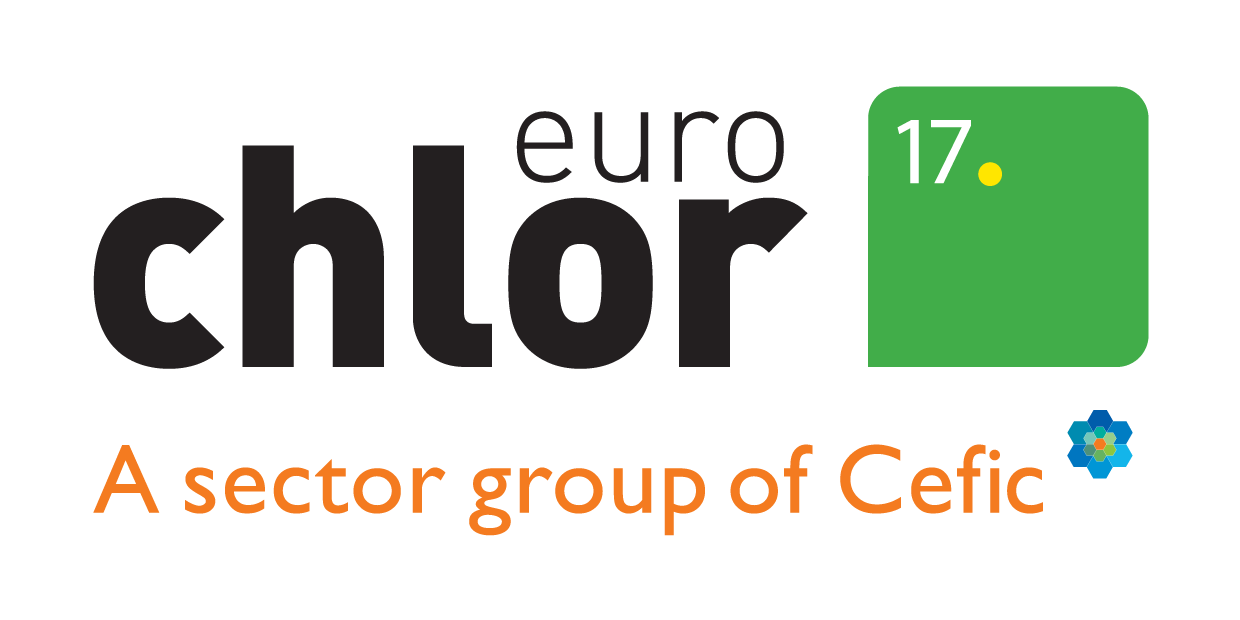Chlorine use helps protecting marine ecosystems
It is estimated that each year 10 billion tonnes of ballast water is taken up and released somewhere else in the world. This can result in adverse environmental and economic effects, which are being tackled with the help of chlorine chemistry.
The issue arises from number of marine organisms that live in the water taken up as ballast: an abundance of species ranging from bacteria and microbes to eggs and small invertebrates. These are inadvertently released into foreign environments through the discharge of the ballast water. When these organisms start to cause adverse effects to their new environment, we call them invasive species. This can pose both ecological and economic threats. One example of many includes the North Atlantic Sea Star which upon introduction to Southern Australia reproduced in large numbers and fed off commercially valuable shellfish such as scallops, clams and oysters.
As a well-known water disinfection agent, chlorine can be used to combat these negative effects, through treating the ballast water before releasing it into the sea. In 2004, the International Maritime Organization adopted the ‘International convention for the control and management of ships ballast water and sediments’ in an effort to control the spread of marine organisms by disinfection of ballast water.
An estimated 80-90% of the world’s goods are transported by sea. Of the currently authorized ballast water treatment systems, a large fraction contains chlorine/hypochlorite as the disinfection agent used to limit the potential introduction of marine species into foreign environments.
Read more
• About ballast water management on the site of the International Maritime Organisation (IMO)
• About the The 2004 Ballast Water Management Convention
• About the ships’ need for ballast water and the problems this brings

